How do sandbag barricade work?
The sandbag barricade is a defensive structure with extensive applications, including creating reinforced barriers and ensuring flood prevention and protection. There are various sandbags out there, and the good news is that all of them can transform into tough barricades.
But what makes sandbags a popular and useful option for creating barricades? They are cost-efficient, reusable, and convenient during emergencies such as excessive rainfalls.
However, most people are clueless about the usefulness of sandbag barriers and their role in different situations. Read along and learn about this amazing application of sandbags.
Do you want to know more about this topic? We also have an article talking about different types of sand bags for sale.
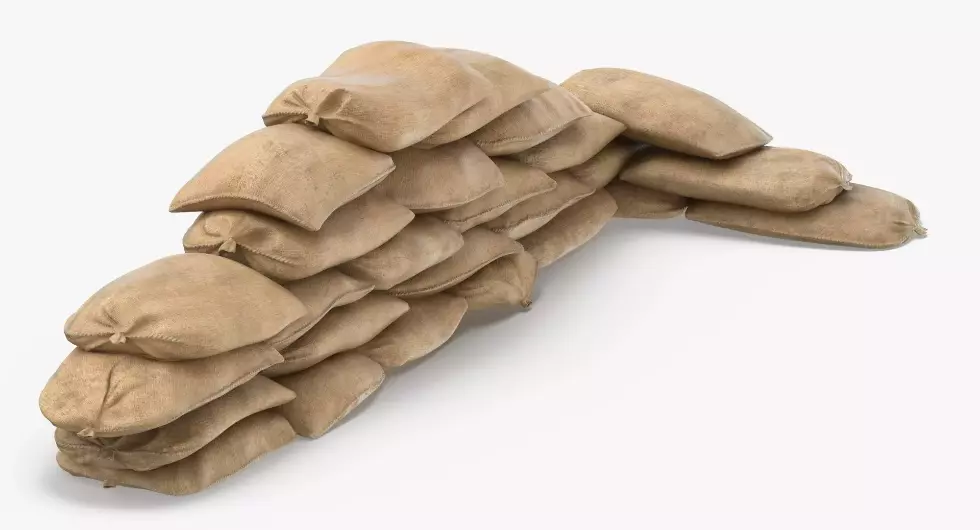
How are sandbag barricades made and used?
Usually, sandbag barricades are made with woven polypropylene – these are strong materials able to withstand floodwaters and form tough military fortifications. Although these bags are not biodegradable, we can use and store them for an extended period.
On the other hand, bags of sand made with burlap material are commonly available in almost every hardware store. These reusable bulk bags usually have a zipper to secure the fillers, including soil, sand, or stones.
A sandbag barricade can be prepared even by two people. You can choose any filler from sandy soil, sand, aggregate, and gravel. The process starts with two people filling these sandbags using shovels.
One person holds a sack upright, and the other starts filling and dumping the filler in the sandbag using a shovel. You must fill the sandbag up to half or 2/3rd of the total capacity. Once that capacity is reached, you can stack it with a solid seal.
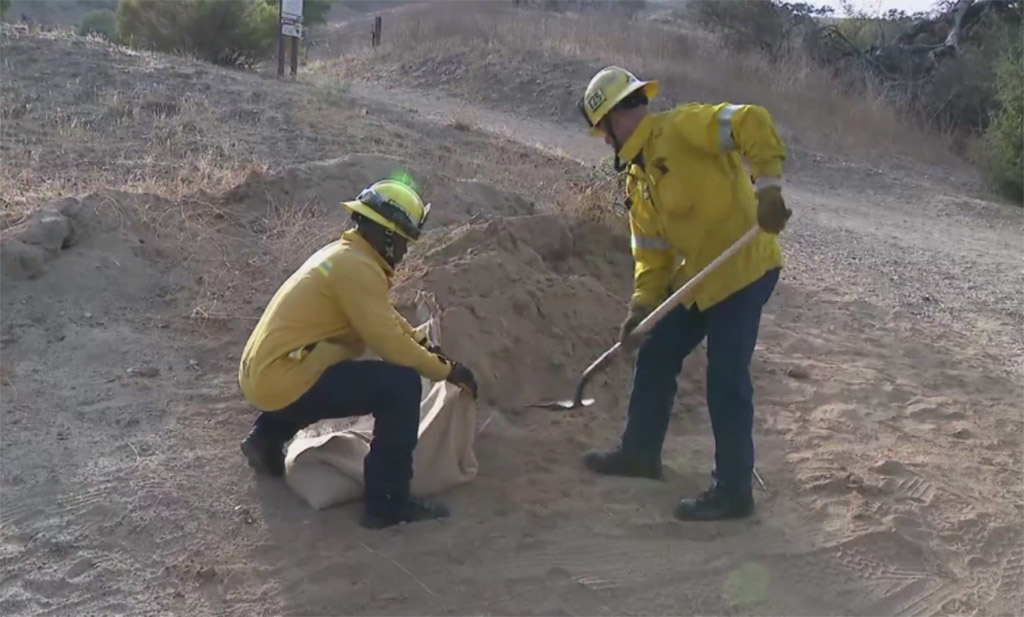
Where to place the sandbag barricades?
Well, sandbag barricades are perfect for places in danger of facing any flood events or are subject to soil erosion. Furthermore, it’s a great traffic calming measure, acting as a road closure to divert traffic.
Here are some instructions you need to take care of when making sandbag barricades.
When making a barricade wall using a sandbag, ensure that each bag’s border is rolled inside so it might not face potential floodwater directly and take all the flood control measures.
Similarly, if you use an aesthetic knotted bag, ensure the tied end is flared out. Place the bag lengthwise, perpendicular to the flow of water. Before aligning the next row, tamp down on the tops of the sandbags to establish a better seal.
Placing every sandbag tight and close together is essential to make a solid baseline. After that, a new layer must be mounted onto the subsequent layer to create a tough barricade wall to protect your residency.
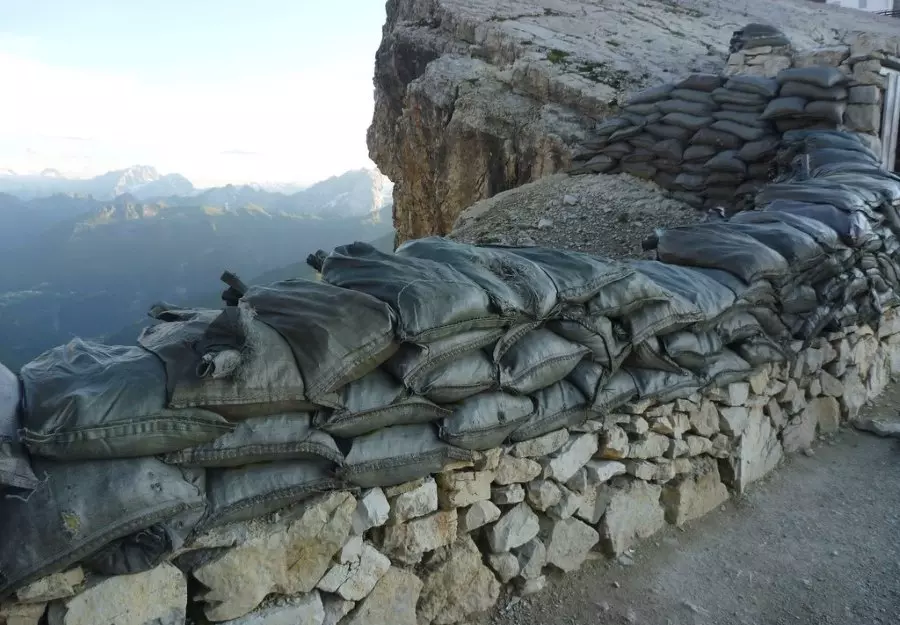
You have already read a good part of this article, 👀
We've
got the impression that you like it. 🙂
👇🏻
IF YOU ARE LOOKING TO WORK DIRECTLY WITH A MANUFACTURER,
FEEL FREE TO CONTACT US. WE ARE VERY HAPPY TO HELP!
How do sandbag barricades work during floods?
If you are a homeowner living in a rainy area, flood events and hurricanes can cause devastating damage.
In such a situation, your top priority is to prepare a strong base to protect your home from dust, strong winds, and floodwaters. After all, you need something in backup to protect your residency and family.
This is where sandbags come to the rescue. One of the common purposes of sandbags is to prevent flood water damage. Flooding is actually the most common hazard in mountainous regions; however, using sandbag barricades properly can redirect water levels and debris away from the residential area.
In fact, flooding is the most prevalent natural catastrophe in the United States. During emergencies such as storms and periods of intense rainfalls, flood risk management systems become crucial to ensure flood safety.
Even several authorities, such as the Federal Emergency Management Agency (FEMA) and the Public Works Department, collectively work together to control flood risks.
You can use these sandbags to make tough barricades around your household that can act as floodgates to divert the flowing water around. Although these barricades are not water-tight seal sacks, they are still very effective in ensuring flood control.
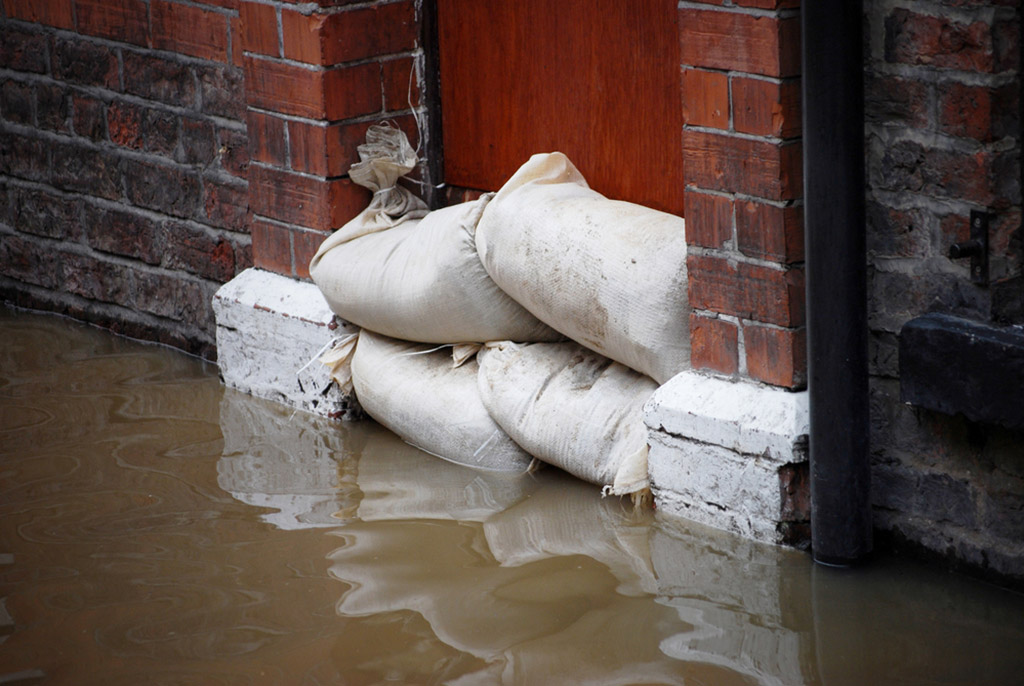
Other applications of sandbags
You have seen how sandbag barricades can effectively control floods. Well, it’s not the only thing they are known for.
While they are perfect for building emergency and temporary shelters, you can also make a retaining wall to deter soil erosion. Jute bags especially are perfect for soil erosion control since they have a tight surface, preventing even a minute shred of debris particles from escaping.
Another popular application of sandbags is related to ballast. Especially in the traffic management system, sandbags are popular to weigh down signages such as stop signs, traffic control signs, and regulatory signs, which may move around due to heavy gusts of wind.
Not only signages, but you can even use them to hold and anchor trampolines, umbrella poles, tents, and gazebo legs.
Also, who can forget their remarkable use in the fitness industry? Many athletes use sandbags and practice boxing with these huge bags of sand. So, you see, sandbags are essential tools, and their cost-effective prices make them more attractive than their counterparts.
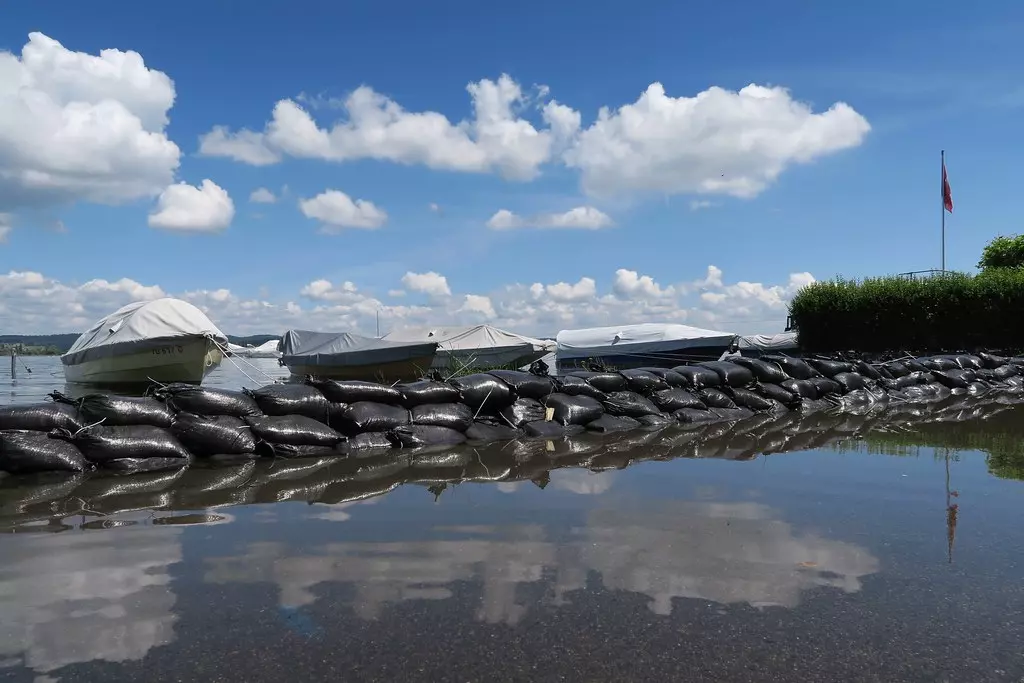
Types of sandbags
As mentioned earlier, there’s no one type of sandbag. In fact, there can be numerous types out there, suitable for various different functions. Let’s briefly look over some of them.
Burlap sandbags
Burlap bags are the most conventional and widely available. In fact, you can find these sacks lying in any grocery shopping store or feed store. Although they can carry up to 15-25 kg of sand, they are unsuitable for flood prevention. But why?
It’s due to their non-resistive properties, which makes them wear out quickly. Still, they can do a good job of weighing down signposts.
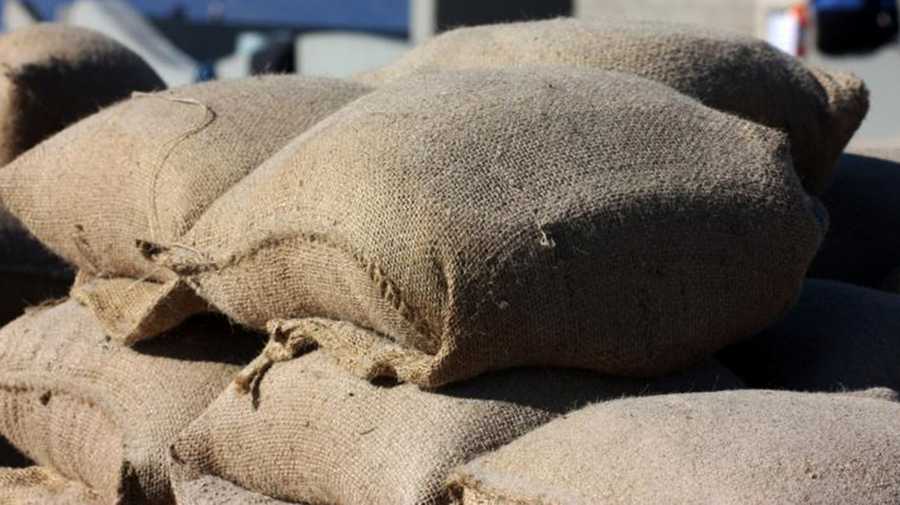
Plastic sandbags
These sandbags are treated and refined to fulfil most sandbags’ applications. PVC and woven polypropylene are the two most common plastic sandbags out there.
Both are UV protected, making them suitable to stay longer in harsh sun rays. Furthermore, they are moisture-resistant, making them suitable to withstand floodwaters.
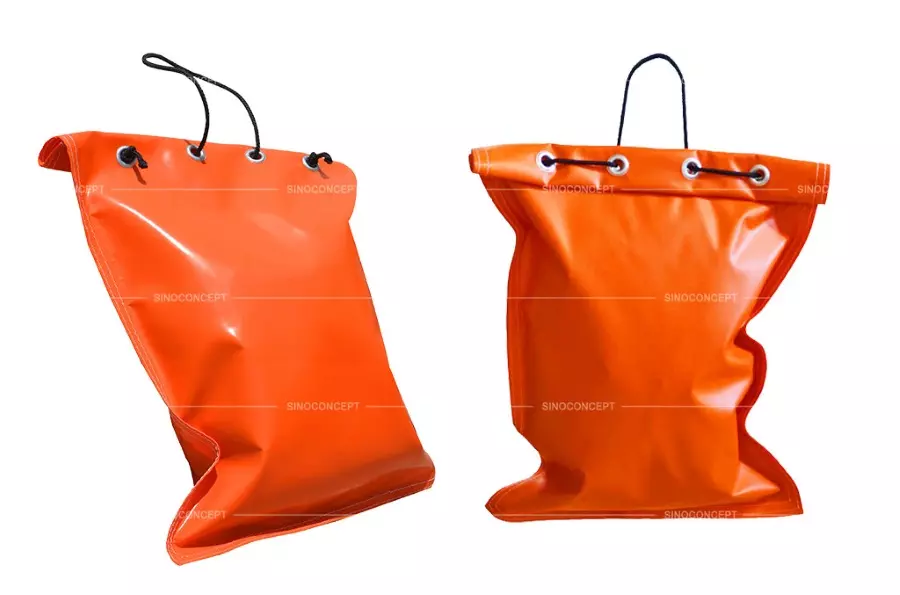
Tied/Zipper sandbags
It’s possible that the filler material within an untied sandbag may not settle and escape the bag. Hence, zipper sandbags are great for ensuring that the filler always remains within the sandbag. Moreover, tied sandbags are often easier to handle and store.
The filler material also stays protected within the sandbag. You might be wondering why a filler would need protection. Well, most grocery stores use these sacks to store food items. Hence, a tied sandbag will ensure that the food stays fresh and doesn’t rot while being in the sandbag.
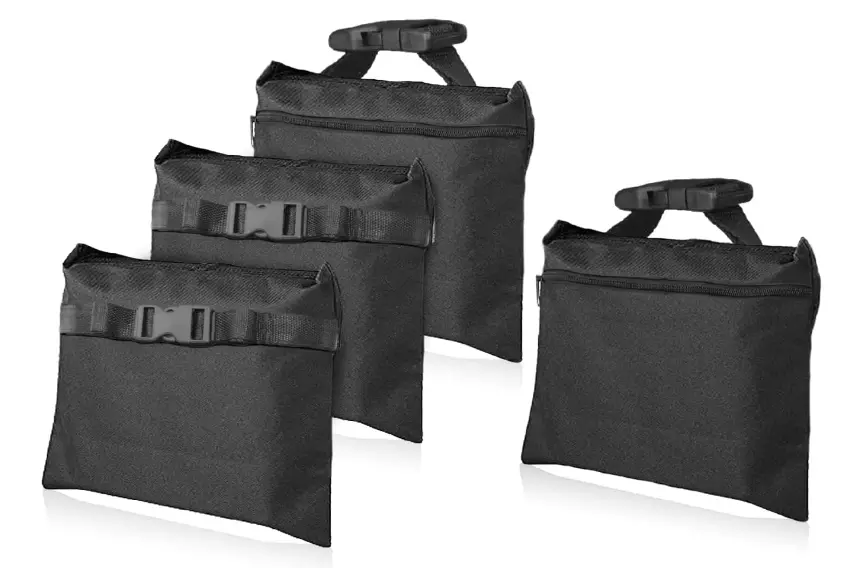
Conclusion
Sandbags protect an area from flood-related events. Even for traffic management, sandbags are essential to maintain important signage. The signage is important to inform the driver of the traffic problems and ensure traffic safety.
Hence, sandbag barricades can be important protection measures in any natural disaster like hurricanes or coastal flooding. If you are a property owner, you might want to have one of these sacks for various applications.
Hence, if you’re looking for premium quality sandbags, look no further than Sino Concept – experts in creating multiple traffic control devices. We have waterproof orange PVC sandbags that are made to weigh down signage.
Check them out today!
👇🏻
IF YOU ARE LOOKING TO WORK DIRECTLY WITH A MANUFACTURER,
FEEL FREE TO CONTACT US. WE ARE VERY HAPPY TO HELP!





















